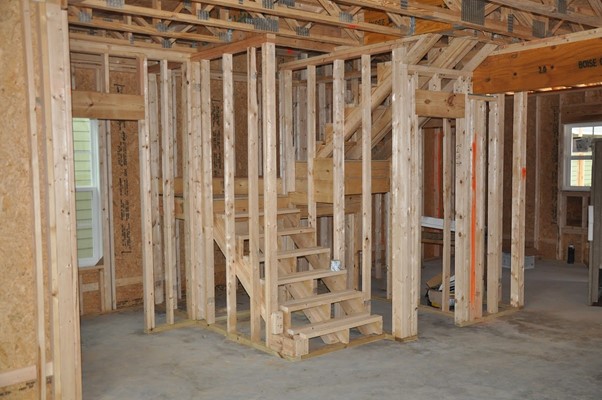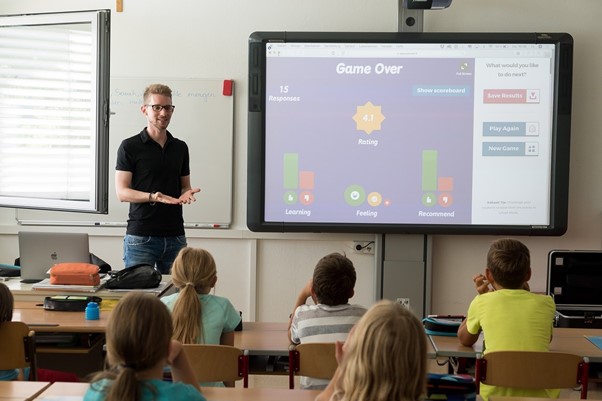
A few weeks ago, the product community at DfE invited me to speak to them about content design and how it helps to make our services better and easier to use. Many product managers said to me afterwards that they'd learned things about content design they didn’t know before.
The three main areas people had misunderstood were:
- who content designers work closely with
- what our skills are
- what we can do at each stage of digital product and service design
I’m going to share some more knowledge on those three areas in this post, in the hope that this may help other teams to work better together.
Which disciplines do content designers work most closely with?
Content designers are part of the user-centred design job family, along with service designers, interaction designers, and user researchers. The bulk of our work will be done with the latter two professions.
We work with user researchers to help process and analyse research, which informs user stories. These are informal descriptions of features from the perspective of an end user, such as a teacher or parent. Our research is central to our design decisions, and we work with interaction designers to create and structure the product and service.
We’ll often work as a pair and offer insights and ideas on each other’s work.
On the whole, we work collaboratively with everyone in the team, including business analysts, developers, delivery managers and policy leads.
What’s the most important thing a content designer does?
Many people seem to think that content designers just ‘do the words’. If we’re at a stage where we’re talking about content designers doing the words - it’s far too late.
Content designers design and structure, rather than write and edit. So please, don’t call us wordsmiths.
Our main skills are agile working, prototyping, collaborating closely with everyone involved (sometimes known as stakeholder management), strategic thinking, user focus and user-centred content design.
We make sure content:
- meets user need
- is shown in the right place
- is structured properly in the right format
- delivers policy intent
Some people were surprised to see stakeholder management and strategic thinking skills listed – they assumed only product and delivery managers would need to do this. But it’s just as important for content designers. This is why your content designer asks so many questions.
Which development phases do content designers work in?

Content designers are essential parts of multi-disciplinary teams and add value at every phase – discovery, alpha, private beta, public beta and live.
The more content that’s part of your service, the earlier you need a content designer.
Content design during the discovery phase
The service manual says that you may find it helpful to have a content designer during the discovery phase. It recommends that you bring in a designer, but doesn’t specify which type of designer.
We’ll talk to colleagues about what content they already have, such as policies or guidance or information. We’ll audit what’s already out there – often with a business analyst.
Sometimes, colleagues assume that content is fixed and agreed before it reaches us in the service team, but that’s not right. It’s at this point that we must work sensitively with policy teams to work through constraints and issues, and push back on content that doesn’t have a clear user need that’s supported by research.
At this stage we’ll also:
- observe the user research, analysing it from a content perspective
- write out the user needs
- make sketches and prototypes (many of us use the GOV.UK prototype kit)
Content design during the alpha phase
Content designers are excellent at helping to solve whole problems. The service manual suggests at least one content designer in alpha.
Together – in alpha – we create hypotheses, or explanations for how we think users will act based on the evidence we have. We then help build the prototypes to test these explanations and learn more about our users' behaviour.
No more dummy content. We’ll structure alpha versions with ‘real content’. That way, we’re testing the whole design from the outset rather than simply testing the buckets that will hold real content one day. This helps to set and embed content standards – rather than doing so later on, which can be tricky.
Content design during the beta phase
We’ll structure and iterate larger volumes of content, often through pair writing with subject matter experts inside and outside the organisation.
We’ll use the regular flow of user research and usability testing to improve the content and reduce uncertainties. We’ll also map out the content life-cycle so that it can be sustained if and when it moves to the live service.
The service manual suggests that you may need to increase the size of the team at beta. That will depend on your service, but the investment usually pays off.
Content design when a service is live
Content dates faster than you think. We stay on the service, maintaining content to a high standard, even when some members of the team move on.
So you’ll likely need at least one content designer, but it does depend on your service. You may be able to work across platforms and services that have the same users.
How content design and product people collaborate effectively
Here are my suggestions on how you can help us do well – and make yourself look good in the process:
- remember us. We can help from the outset. If you don’t have a content designer on your team, ask for one
- share your problems with us. We love knowing the inner workings of the problems we’re trying to solve, including the constraints
- empower us. To everyone involved with the product or service – connect with us and make sure we have access to as much research as possible from the earliest stage
- avoid asking us to lower standards to address other shortcomings. It hampers quality and our ability to meet user needs. Instead, work with us to develop a plan for how we can get there iteratively
What suggestions do product professionals have for how content designers can work best with you? Let us know in the comments below.
Follow @jenstaves and @dfedigital on Twitter.
2 comments
Comment by Mia O'Donoghue posted on
Great article, thank you. I often tell people that 60% of our time is spent stopping unnecessary words getting onto a page.
Comment by Jen Staves posted on
Cheers Mia — I’d agree with that. It’s certainly more than half!